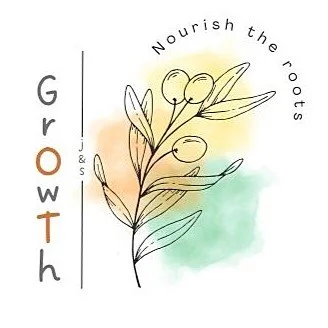Often, we speak about bilateral integration difficulties when we give feedback to a parent or when we try to explain a certain action that we see. But what is bilateral integration exactly?
Bilateral integration can be defined as the ability to use both sides of your body together in a coordinated way, whether it is your hands, feet, or both!
Focusing on bilateral integration of the upper limbs, we can break it into 4 parts, namely:
1. One hand supporting: where the one hand, usually the dominant hand, is busy with a task while the non-dominant supports, i.e. coloring a picture. 2. Same direction: where both hands are working in the same direction at the same time, i.e. pushing and pulling activities. 3. Opposite directions: where both hands are working in opposite directions at the same time, i.e. catching a big ball. 4. Different directions: where both hands are working in different directions at the same time, i.e. covering a table in shaving foam with both hands at the same time.
When looking at the typical development of a child, bilateral integration is one of the first building blocks a child needs in order to have good gross- and fine-motor abilities, midline crossing, left-right discrimination, eye-hand coordination and sequencing.
Children with bilateral integration difficulties, often struggle with gross-motor tasks, such as hopping, skipping, jumping and galloping, fine-motor tasks, such as writing, cutting and drawing, as well as activities of daily living, such as dressing, tying shoe laces and even eating.
In OT, we address this difficulty, by first ensuring that all the other building blocks needed for bilateral integration, are in place, i.e. motor control, integration of reflexes, etc. Next, we grade the activities according to the child’s abilities. For example, we will start with activities that require their dominant hand to do a task, while their non-dominant hand supports, i.e. hammering in a nail into a corkboard while their other hands holds the piece still. From there, we will move on to activities which require them to hold on, push or pull with both hands at the same time, i.e. lying on the scooter board on their tummies, while pulling themselves forward on the floor.
To improve bilateral integration at home, construction activities like building blocks or Lego can be very beneficial to the child, as well as catching and throwing a ball, playing with instruments and working with Play-Dough.
Simply playing with your child outside on the jungle gym or inside with their toys, will have a huge impact not only on their bilateral integration, but on their overall physical and emotional development.
Happy Parenting!

